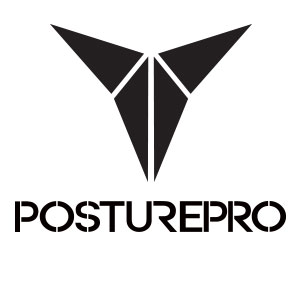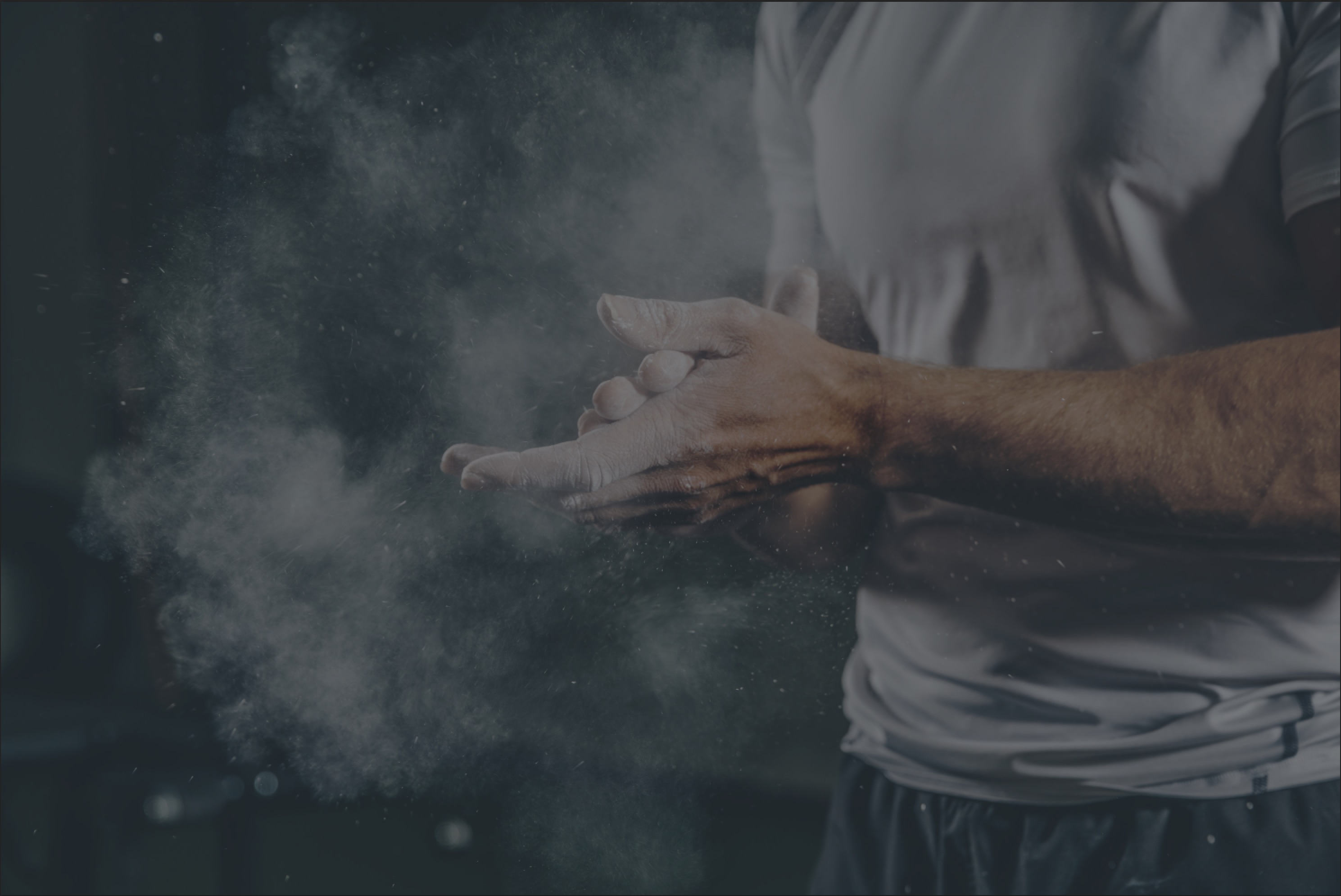Flexibility is the ability of your joints to move through their full range of motion without pain or stiffness.

We have learned our anatomy in the most pedagogical manner… joints, muscles, and movements. We assess range of motion. We test the reactivity or the strength of individual muscles.
We assess patterns like the squat and we suggest corrective exercises. We might use colorful tape to address muscle chains in action.
We stretch it out… we strengthen and we cue clients as they attempt to correct their very own discrepancies. But what we were missing an important part of the equation?

Anatomy 101 – The Lies…
While it might be useful to study anatomy joint by joint, muscle by muscle, the issue is that most of us then assess and treat it separately.
We talk of hip mobility dysfunctions and inhibited muscles. We hear of a compacted talus bone limiting ankle motion. We argue over whether the psoas major is an external or an internal rotator of the femur.
We wonder which of the many muscles of the scapular girdle is responsible for inhibiting others of its kind. Some practitioners speak of muscle or myofascial chains.
The topics of discussion are tissues, muscles and joints…and ultimately our focus lies on biomechanics.
Yet a biomechanical approach can gain a lot by taking into account what happens before movement, and by factoring the brain into the equation.
In the field of training and rehabilitation, anatomy is an important gateway to the consideration of neuromechanics. It is in fact the brain that controls the muscular sphere and not the other way around.
The End Result
When you move with a misaligned body your neurons are constantly primed and working overtime. This can eventually lead to training plateaus, chronic pain, injury, and decreased health.
Eventually, your brain starts thinking that these postural adaptations are normal and the tension in your muscles starts changing.
After 365 days, this irregular muscle tension becomes fixated and your brain is no longer able to reverse the process. You now start functioning with a body that is in a constant state of adaptation and the weight distribution on your feet is compromised.
So… mobility drills… to mobilize a hip… to loosen things up… to reduce injuries… these are only truly effective if the body is already aligned and functioning optimally.
To improve movement and range of motion (ROM), you must first correct posture.
And to correct posture, it is necessary to look at the brain.
If it’s about looking at the brain, it’s about neuromechanics!
Welcome to the future, where to train better, you must train smarter. An aligned body will benefit the most from a biomechanical approach to training and exercises, so don’t leave the brain out of the equation.
Welcome to our BLOG. We write about the real causes of injury and give you really great tips on how you can improve your posture and quality of life.
Learn more →
Boost Your Performance
Intro to Posturology
Posture & Performance
Book an Online Consult
Schedule a Call
Don’t be shy. Let us know if you have any questions!
Book an Online Consult
Do you suffer from chronic pain or recurrent injuries? Do you want to optimize your performance at the gym and prevent the negative effects of aging? Discuss your issues with our expert Posturologist and start working towards a better you.






